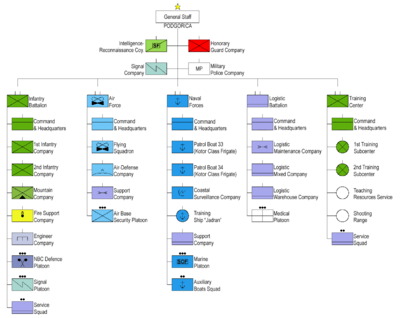
Watch the pressure
 Tire pressure affects driving safety, driving comfort, tire durability and fuel consumption.
Tire pressure affects driving safety, driving comfort, tire durability and fuel consumption.
A properly inflated tire runs on the pavement over its entire rolling surface.  its tread, which therefore wears evenly. In addition, tires with the correct air pressure provide long mileage, minimal braking distances that match design assumptions, and optimal cornering stability.
its tread, which therefore wears evenly. In addition, tires with the correct air pressure provide long mileage, minimal braking distances that match design assumptions, and optimal cornering stability.
Too much pressure in the tire than recommended causes the tread to bulge outward, reducing its contact surface with the road. This results in uneven tread wear. If the tire pressure is higher than recommended, the tire mileage will decrease. In addition, driving on over-inflated tires reduces ride comfort.
When the pressure drops below the recommended pressure, the tire deforms at the point of contact with the road surface, so that only the outer surfaces of the tread transmit optimal forces. This shortens the braking distance and tire life. If the inflation pressure is too low, the temperature of the tire will rise as a result of its progressive deformation. This leads to damage to the structure of the tire and, consequently, to damage to the entire tire. As tire inflation pressure decreases, rolling resistance increases. Studies show that with a decrease in pressure of one bar, that is, one atmosphere, rolling resistance increases by 30%. In turn, an increase in rolling resistance by 30%. increases fuel consumption by 3-5%. It seems to be not enough, but with high mileage it is of great importance.
It is also worth knowing that a drop in tire pressure, causing an increase in the so-called side slip angles, in the case of the rear wheels, this can turn the car's understeer into oversteer, which will require the driver to become more skillful when cornering quickly.

